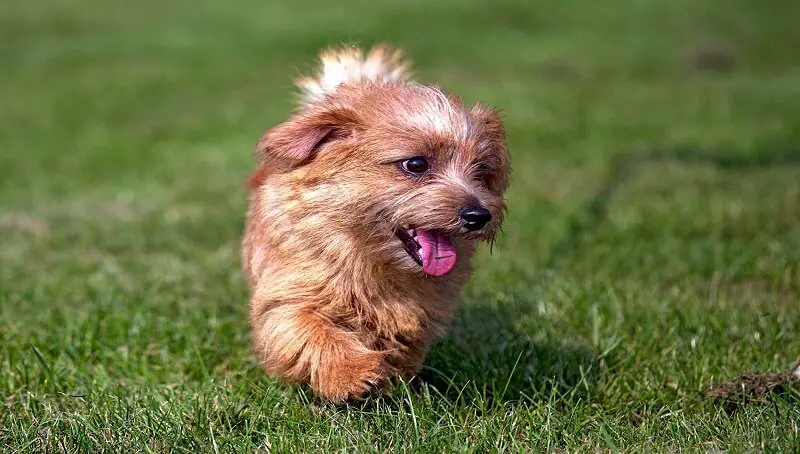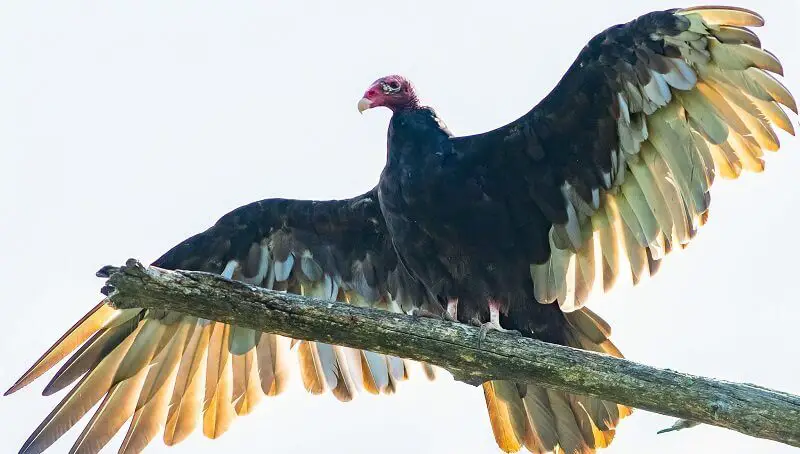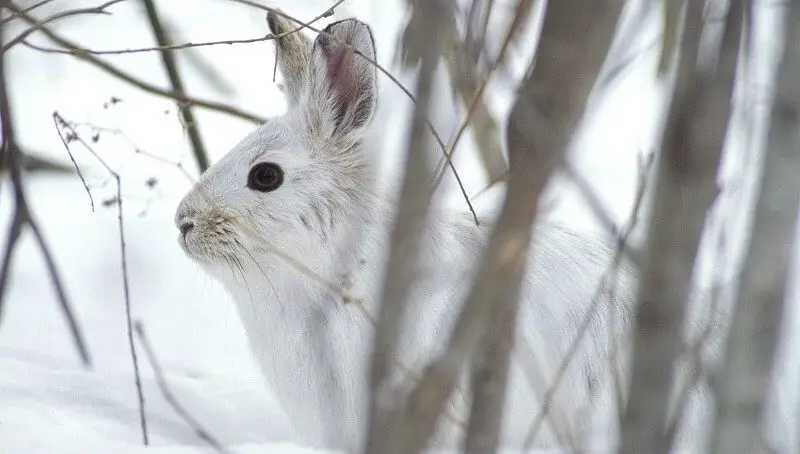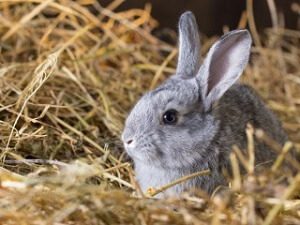
Small Terrier Breeds List – Want to Get a Small Terrier Dog?
May 18, 2022
What Eats a Vulture? A Vulture’s Predators
May 18, 2022
During the winter season, rabbits will change their habitat as a protection measure from the cold. This article will give you an insight into the habitat of rabbits in general.
You will find different species of rabbits all around the world, except for Antarctica, of course. The bulk of these creatures is found in North America, Europe, and Asia. They are known as very fast runners that will usually live under the ground, in small burrows, with other members of their group. The European rabbit is one of the most popular species and is known for creating holes under the ground. You will usually find rabbits in common areas like the meadows, woods, forests, thickets, and grasslands, among other places. They will usually hide from predators and get the needed rest in burrows that they dig for themselves. Their burrow systems can become really extensive with a lot of tunnels. These are known as warrens.
You might also like my articles on why rabbits have red eyes, the way in which a mother rabbit calls her babies, and whether rabbits mate for life.
Not all rabbit species will create burrows to hide in. The cottontail rabbits and the hispid rabbits are just some of the species that won’t hide inside burrows. On the other hand, there are rabbits that make great pets. One example is the dwarf rabbit species. The bunny species that won’t create burrows to live in will build nests that are called forms. These hiding places will usually be built in dense and thick forests. The nests will be properly camouflaged so that they aren’t noticed by predators.
Where Do Rabbits Live during Winter?
Rabbits will be found in all kinds of areas ranging from sea level zones to mountaintops, including sand dunes, salt marshes, moorlands, embankments, cliffs, and other areas as well. Rabbits will like to occupy cliff burrows that aren’t inhabited by other creatures. This is because they provide great protection during winters with cold winds. The burrows that rabbits dig will usually be underground. Most of the time rabbits will connect these burrows one to another through their haphazard way of digging tunnels.
What About Pet Rabbits?
 If you want to get a pet rabbit and don’t know how to protect it from natural elements, you should know that all you have to do is get a cage for it and keep it away from cold winds, snow, and rain. A great enclosure that will surely stop cold winds from getting into the cage would be a wooden cage with a roof on top. If this doesn’t do the trick, just add a lot of hay to the cage, so that the bunnies can cover themselves if they want to keep warm. You can also assist their bodies in getting warmer by giving them warm water to drink. You should also try to put the cage somewhere farther from ground level. During colder seasons, especially when it’s really cold outside, the ground will also cool down considerably and a cage at ground level can become ice-cold. If you can’t place to cage anywhere higher, try to keep at least a few inches between the ground and the enclosure. To make sure you do everything you can to keep the small creatures safe, you should also cover their cage with tarps when the weather gets really harsh.
If you want to get a pet rabbit and don’t know how to protect it from natural elements, you should know that all you have to do is get a cage for it and keep it away from cold winds, snow, and rain. A great enclosure that will surely stop cold winds from getting into the cage would be a wooden cage with a roof on top. If this doesn’t do the trick, just add a lot of hay to the cage, so that the bunnies can cover themselves if they want to keep warm. You can also assist their bodies in getting warmer by giving them warm water to drink. You should also try to put the cage somewhere farther from ground level. During colder seasons, especially when it’s really cold outside, the ground will also cool down considerably and a cage at ground level can become ice-cold. If you can’t place to cage anywhere higher, try to keep at least a few inches between the ground and the enclosure. To make sure you do everything you can to keep the small creatures safe, you should also cover their cage with tarps when the weather gets really harsh.
Natural Habitat of Rabbits
You will usually find rabbits in grasslands and meadows. They find mostly soft ground in these areas, which makes it really easy for them to excavate and create burrows. Also, in these places, bunnies will have a higher chance of finding a burrow that was previously used by another animal, which they can take over. They will usually go for a place in the wild where food is in abundance. This is why they find farmlands as the ideal place for breeding. They will move around mostly during the night when they roam fields, farms, and other open spaces looking for food. They will usually look for vegetables like lettuce and different grasses and herbs. While in the wild, they will have to eat barks, twigs, and buts during colder seasons.
You should expect to see rabbits in areas that have enough food for them, especially considering that they will breed fast and will have more and more colony members to feed. They will try to stay under the ground to stay safe, mostly in the burrows they dig. They will usually go through winters by staying under the ground, where it is warmer. You should know that if you have a pet rabbit and don’t keep it inside, you will have to take some preventive measures during winter.
